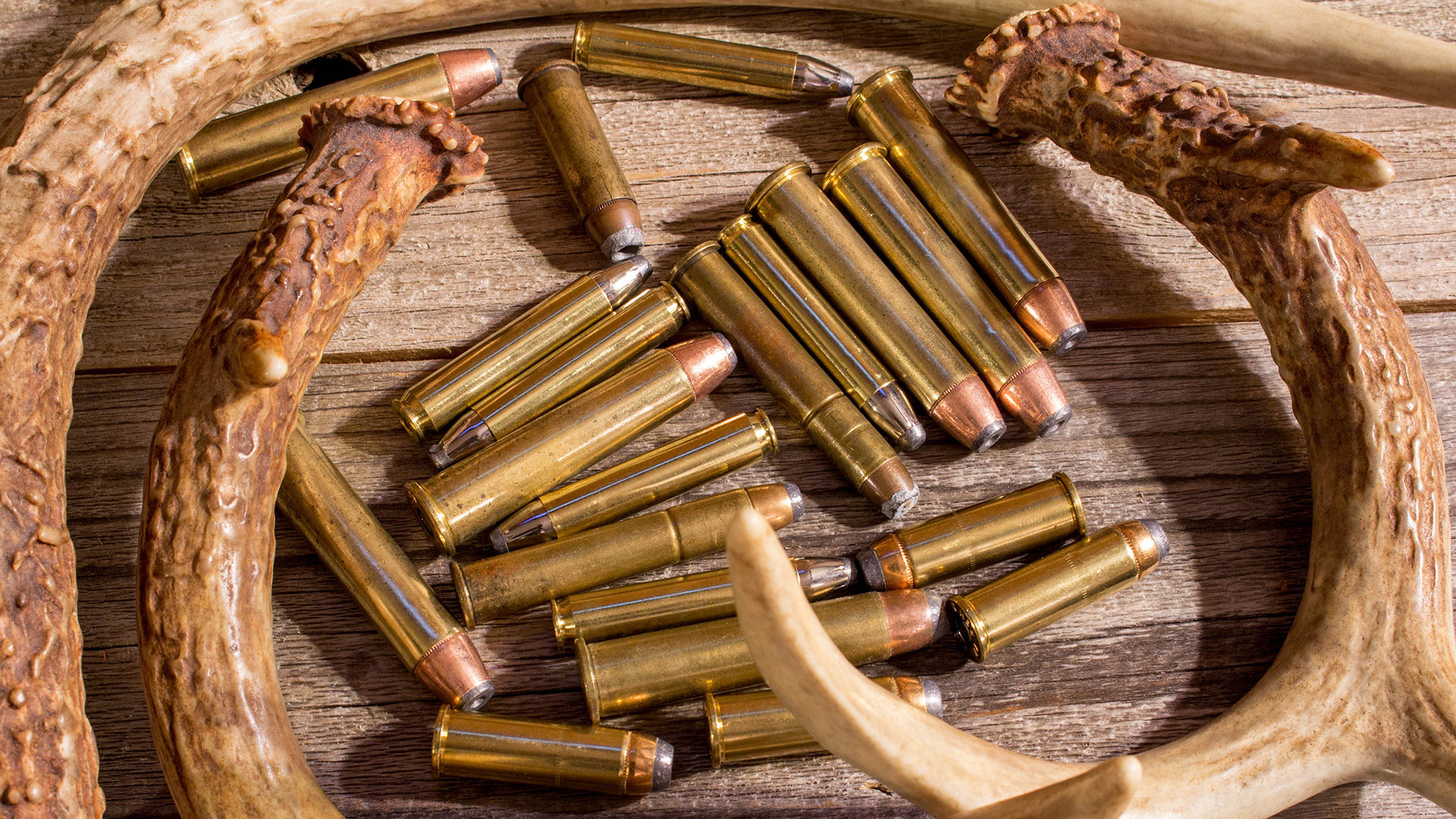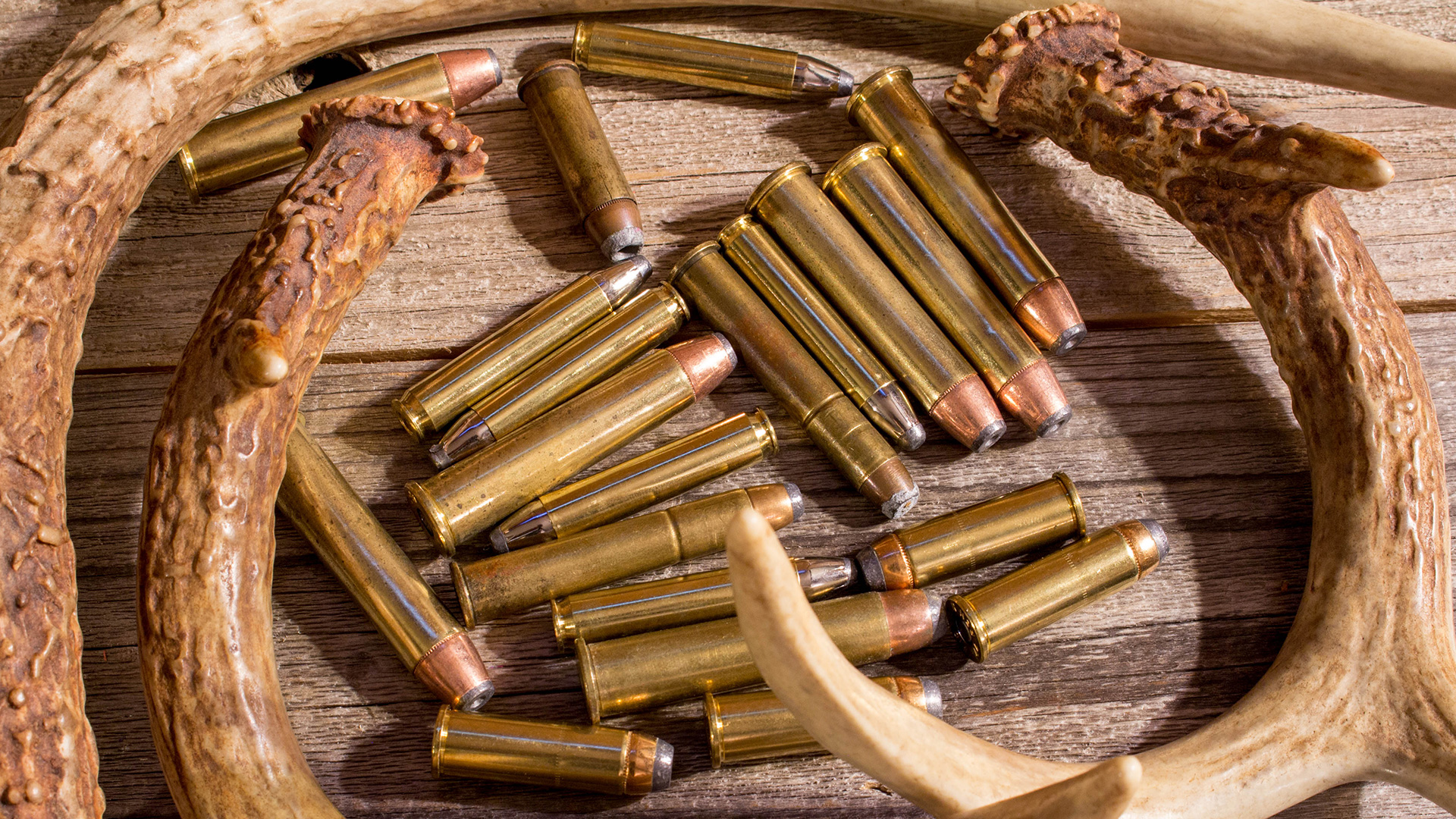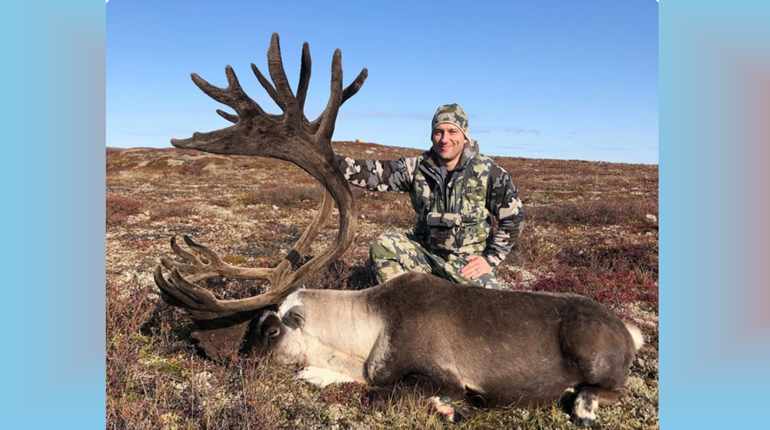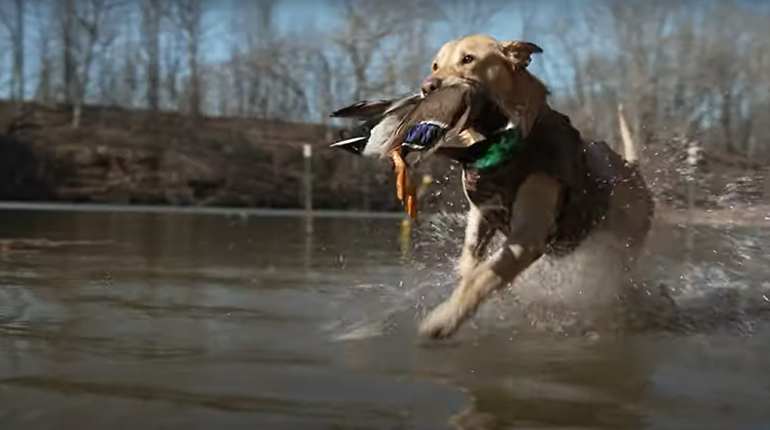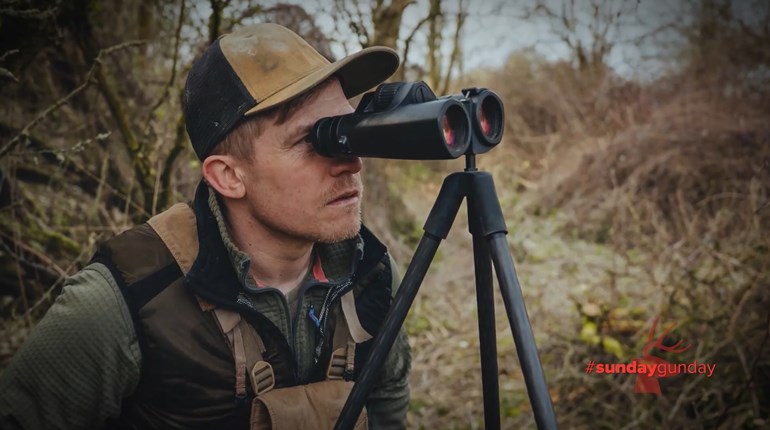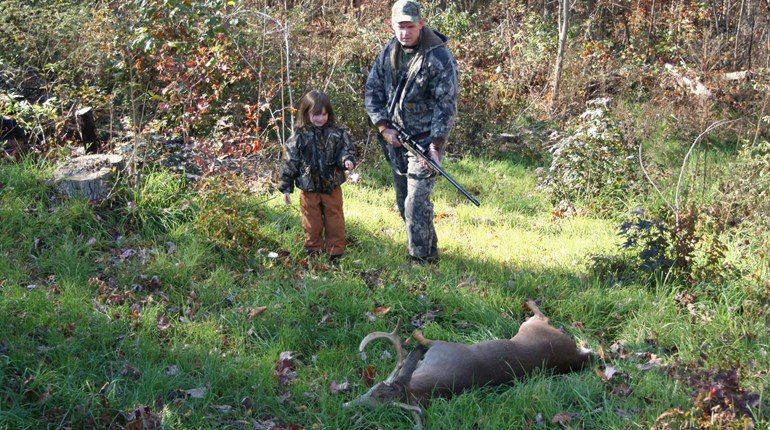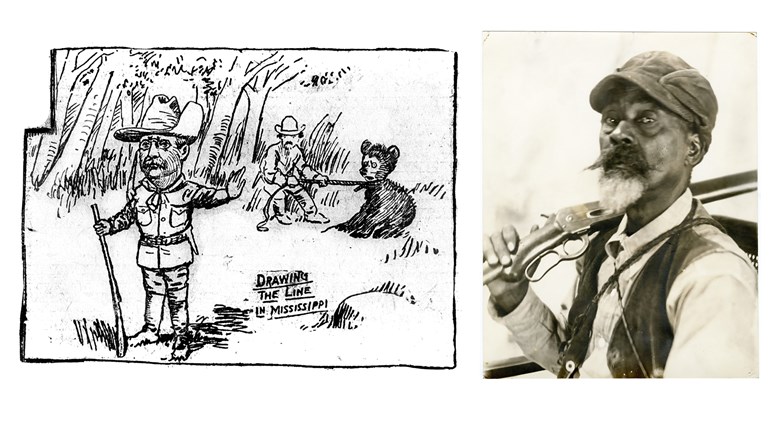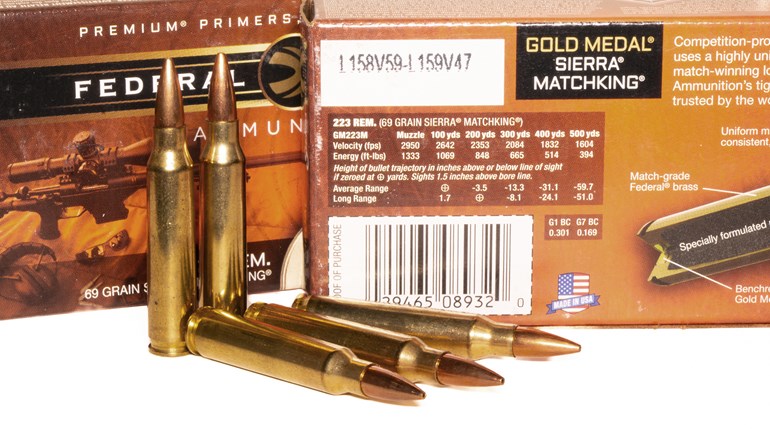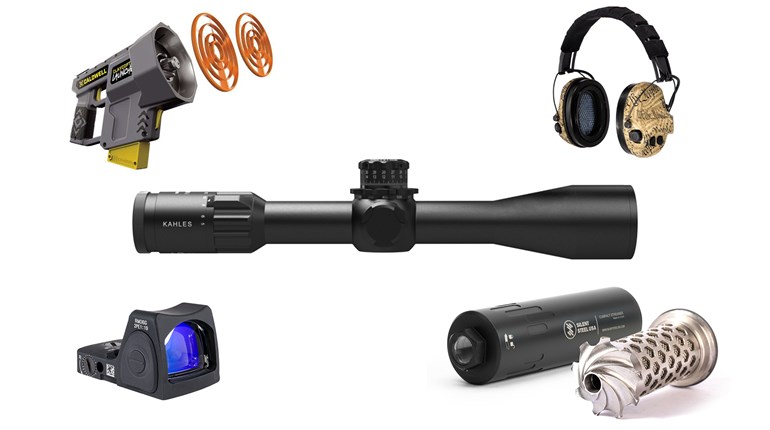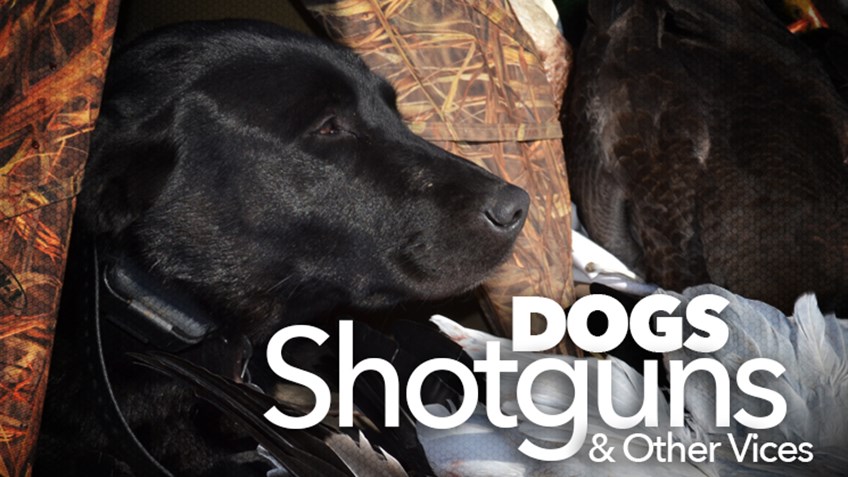
South Dakota wildlife managers say the state's coyote population has continued to increase, despite attempts to control it. Therefore a proposal is on the table to add $1 to hunting license sales, thereby generating more money for coyote control. Thus far it's proven popular with biologists, hunters, landowners and politicians alike.
"[The deer] are living in fear of these coyotes," Jene Jansen, an archery hunter from Ashton, S.D., said in testimony to the state's Senate Agriculture and Natural Resources Committee.
State Wildlife Division Director Tony Leif said the $1 surcharge would provide an extra $320,000 to his "Animal Damage Control" budget. This would afford more coyote control on the ground and, presumably, from the air.
"This is a viable solution," he said.
The committee voted 7-1 to send the bill to the full Senate for a vote. The lone person who testified against the bill did not dispute the need to control coyotes, but argued hunters already pay their fair share.
The bill now moves to the full Senate for a vote and to a House appropriations committee for consideration.
The reason the proposal caught my eye is because it would affect hunters and potentially the quality of hunting in South Dakota. And when I think South Dakota, I think pheasants. So, question is, do coyotes and therefore coyote control have much effect on ringneck populations?
According to a report by Pheasants Forever, probably not.
"No single [pheasant] predator gets more blame than coyotes," the report says, "But research over several decades has proven that coyotes focus their foraging on rodents and rabbits and do not take adult pheasants or nests as frequently as the other mammalian predators (red fox, striped skunk and raccoon). In addition, the larger home range and territorial nature of coyotes can actually result in lower populations of these other, more destructive predators."
So, controlling coyotes may benefit farmers and certain wildlife populations. But perhaps not pheasants.




